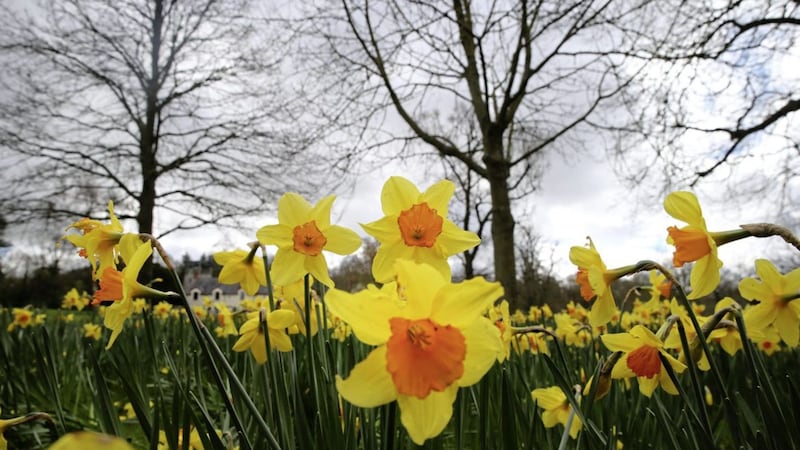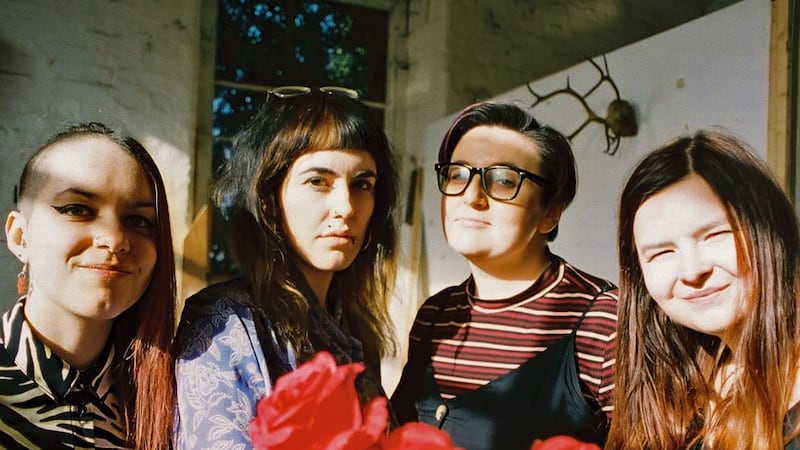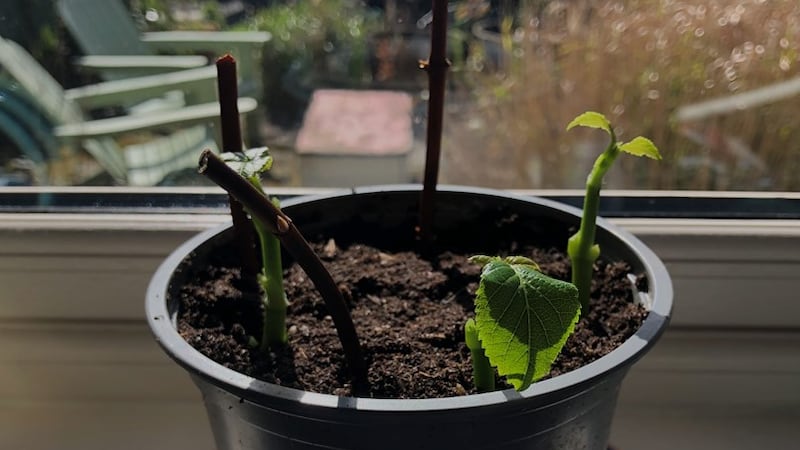AS THE flowers fade and the leaves turn colour, the gardener can quickly banish melancholic autumnal thoughts by turning their attention to next year. When it comes to the ornamental garden, planning for the following year more often than not begins with bulbs. These magical little parcels of life can transform the drabbest piece of ground, bringing colour and interest from the darkest months through to high summer and beyond.
Many of our favourite and best known flowers begin life as bulbs – from snowdrops and crocuses through to daffodils and tulips. They work in containers, borders and naturalised in woodland settings. There are bulbs that are good for wildlife, scent and shade. And of course there are those that will give your garden a wow factor.
September is the ideal time for planting daffodils, crocus and hyacinths. The rest of the spring and early summer flowering bulbs can wait until November and if necessary be planted much later. How late you can plant spring flowering bulbs depends on how much risk you’re happy to take but as a rule of thumb: the longer you leave it the less the chances of success.
Notably, not all spring-flowering bulbs are ideally planted in the autumn. The best chance of success with winter aconites, bluebells and snowdrops is to plant them ‘in the green’, just when flowering is finished in the spring. Dried, dormant bulbs are available, though, and do work.
When buying bulbs choose the healthiest, ensuring they’re dry, leafless, rootless and mould free.
Plant them as soon as possible after purchase and if you must store them ensure it’s in a cool, dark and dry place. If your batch has a handful of damp or mouldy bulbs dispose of them in the bin or toss them into the fire.
The majority of hardy bulbs originate in upland climates of extremes, so they can tolerate heat and cold. They like well-drained soil in and open, sunny site, whereas woodland bulbs like more moderate spots with a bit more moisture, reflecting their natural habitat.
The bottom line with all bulbs is to plant them in as great a quantity as you can afford and as the context will allow – you don’t want a space to be overwhelmed. Avoid lines and symmetrical planting – as much as anything this relies on every bulb appearing successfully and uniformly, which they often won’t. It’s recommended to take a couple of handfuls and gently toss them in the air, planting the bulbs where they land in a random pattern. Plant in holes two-to-three times deeper than the bulb – if a bulb is five centimetres from nose to tip then plant it six inches deep.
Good bulbs for scent are Hyacinthus orientalis ‘Woodstock’, with deep purple blooms in March and April, and Narcissus ‘Actaea’, an old fashioned, white-petalled variety. For shade it has to be the majestic Fritillaria meleagris, (AKA Snake's Head Fritillary) and the low-growing, winter-flowering Cyclamen coum. Wildlife-wise, the bees will love Allium christophii (AGM) while Galanthus nivalis (snowdrop) is a great source of pollen for early insects.
If it’s the wow factor you’re after try scores of the same variety of daffodil or big alliums like ‘Globemaster’, while the striking double flowers of Tulipa ‘Orange Princess’ will have visitors’ jaws dropping.








